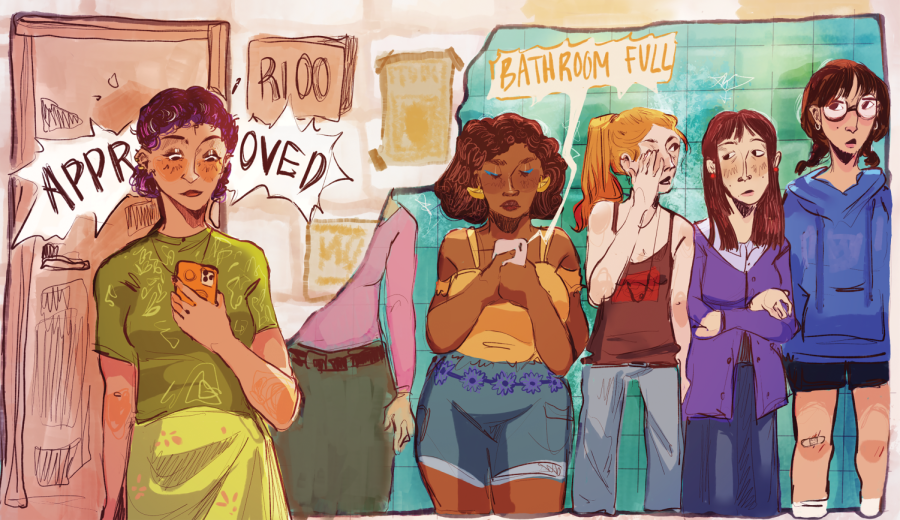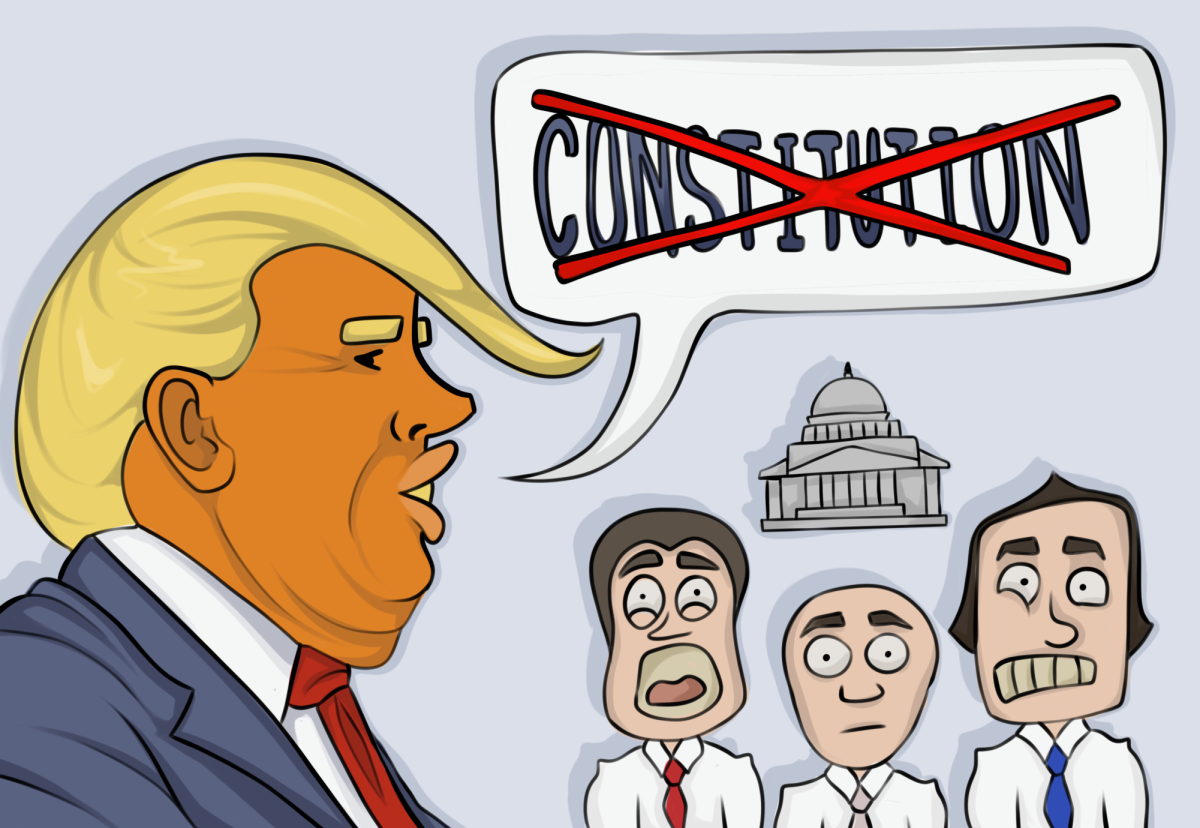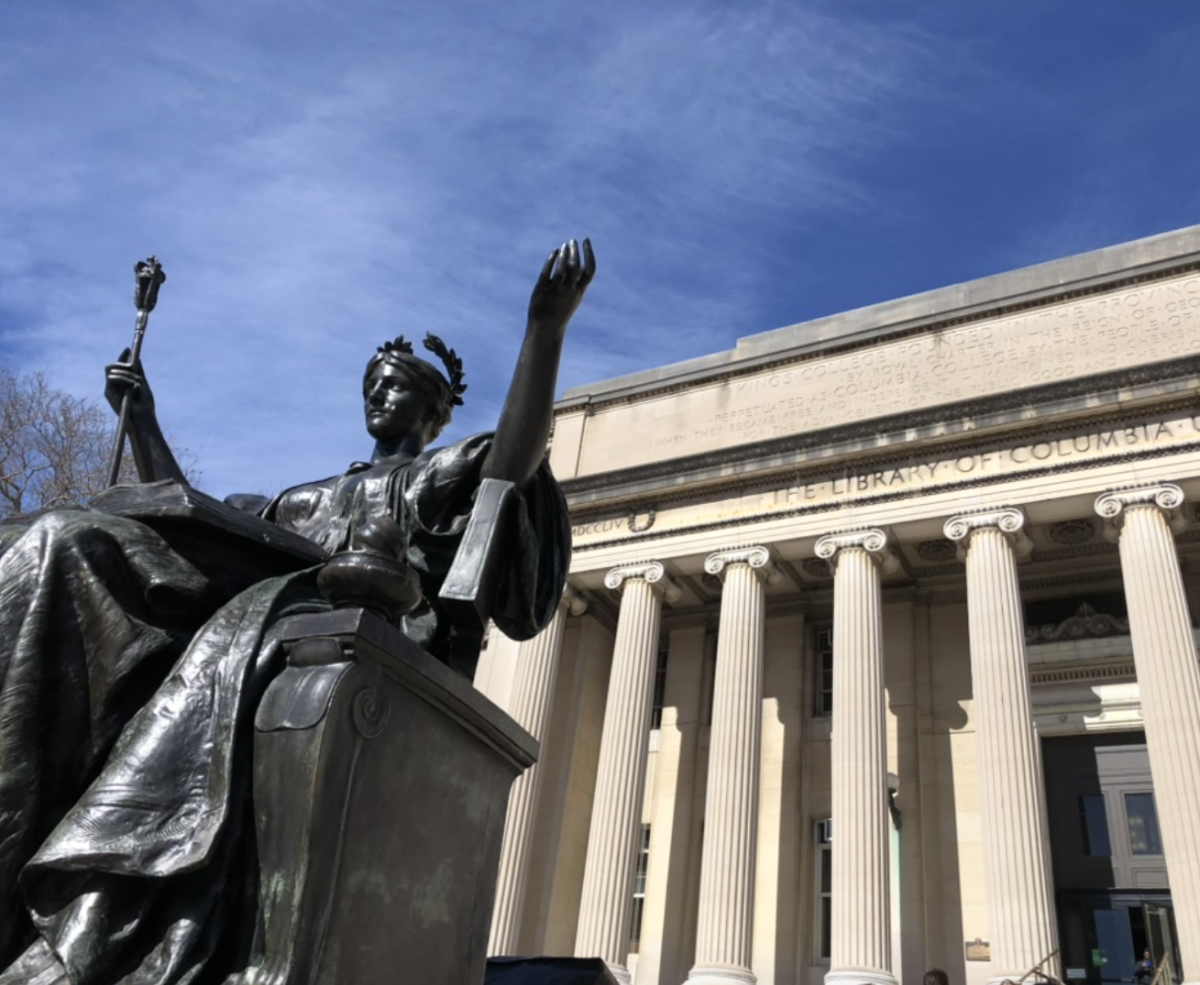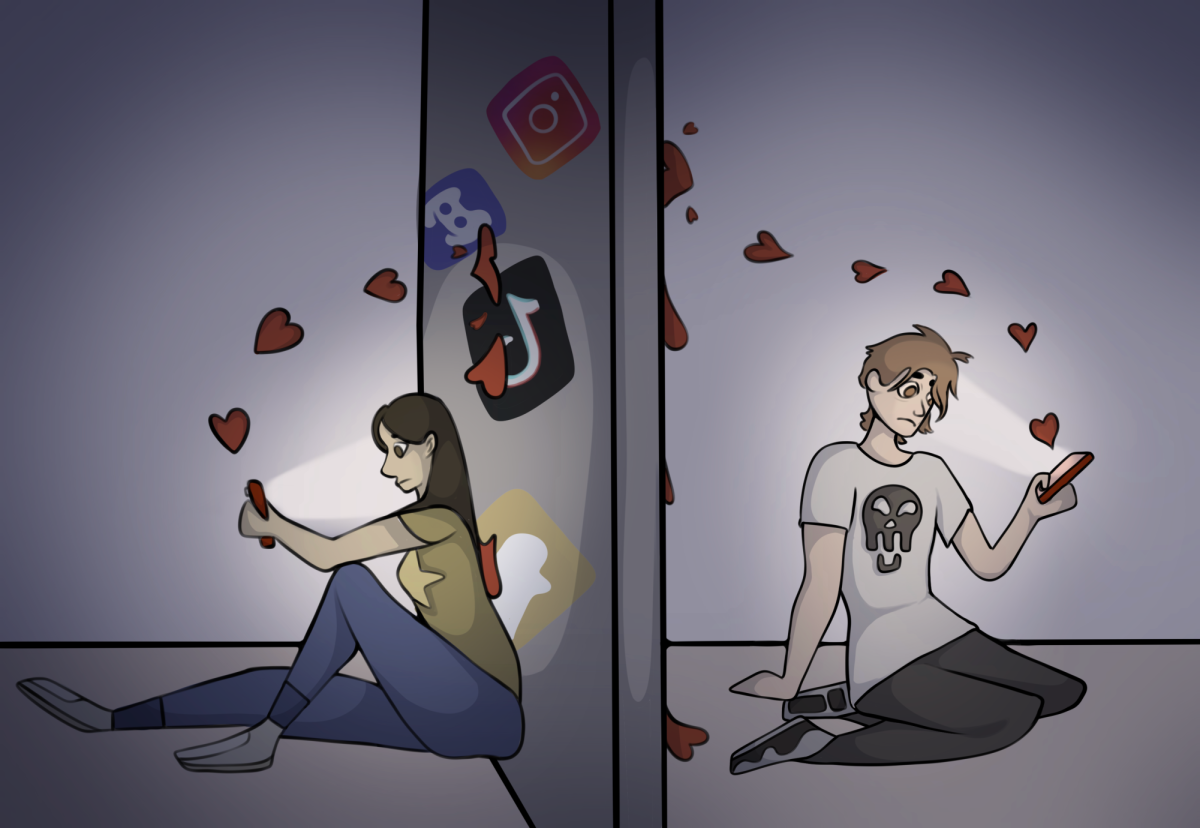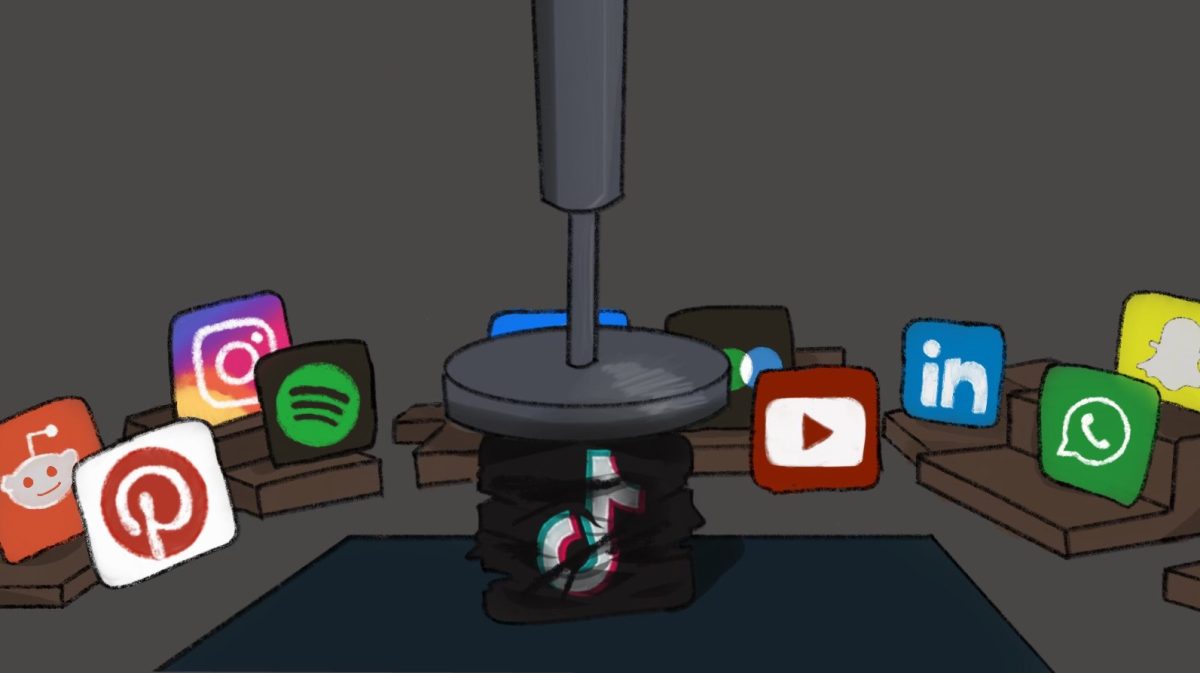E-hallpasses ensure safety and a positive learning environment for students
It is important for McLean to continue to implement the e-hallpass system to limit students from skipping class and placing an emphasis on in-classroom learning
By Isabella DiPatri
Last school year, hallways and bathrooms remained clogged and crowded during class periods all throughout the day, bathroom stalls filled with students spending time hanging out with their friends rather than attending class. Little emphasis was placed on how important it is to stay in class and remain focused throughout the school day.
In response to this behavior, FCPS began to implement the e-hallpass system, in order to prioritize the focus on learning and classwork for students at McLean.
E-hallpasses have significantly reduced hallway traffic during class periods, as well as the numbers of students skipping class in the bathrooms. Students are able to stay concentrated during class periods, as the e-hallpass system works to discourage students that intend to skip valuable class time.
Additionally, McLean’s issues regarding overcrowding make it extremely difficult for faculty to track and monitor passes without an organized system.The e-hallpass system allows teachers and administration direct access to times clocked in and out of classrooms to ensure that students are where they are supposed to be.
This feature also helps teachers track down students during drills or emergencies. It is crucial for administration to monitor the sheer number of students in order to create a safe learning environment. Students are more likely to stay on top of their work instead of wasting vital classroom time wandering the halls.
Despite the original concern that e-hallpassses would distract from lectures and presentations, students have become more self aware in their timing to use the bathrooms. In addition, asking a teacher to use the bathroom without the e-hallpass creates just as much of a distraction. During the first few weeks back, students would wait until there was a period of independent work to send their teacher a request to leave the classroom. The process is smooth and there have been minimal instances where e-hallpasses are actually a distraction from a lesson.
There are still many opportunities at McLean to meet up with friends and enjoy the more social aspect of school. However, e-hallpasses are working to enforce a system of safety, communication and trust between faculty and students.
E-hallpass fails to address the root cause of student disengagement
At McLean, e-hallpass is ineffective in limiting students who skip class and fails to convey a true emphasis on learning
By Saehee Perez
One of the only guarantees in high school is that students will find a way around rules and regulations they don’t agree with. Whether it be by making their destination a random water fountain or a teacher known to not consistently check e-hallpass, students can still get around e-hallpass restrictions at McLean.
Students that were of concern to administrators–those vaping in bathrooms, wandering the hallways, missing half of a class period–can and will still do the same things as before. While the time period that they can be gone for without suspicion may be shortened to 20 minutes at a time, that length of time is drastically lengthened if a student simply does not fill out an e-hallpass.
Before the implementation of e-hall pass, most students already stayed inside their classrooms without wandering the halls or camping out in bathrooms. The school adopting an app that records our location outside of the classroom fails to recognize or address the underlying issue of student participation in class. If a student is not present in class, they deserve to be offered support in school–not being tracked where they are at every minute during the school day.
Not only is it odd to time how long a student is in the bathroom, it raises privacy concerns. For commonsense.org, an organization that reviews the privacy policies of different apps, e-hallpass does not meet their recommendations for privacy and security practices.
Additionally, it’s better for students to learn from the consequences of their actions than to be forced to comply with rules that they’ll find a way around. Accountability is a crucial skill that should be developed before graduating high school–the students who are skipping class are not learning self-discipline by being forced to record their location outside of the classroom.
Moreover, minor issues with e-hallpass add up to be disruptive. Refreshing the page every 30 seconds to request a spot in the Blue Hallway Bathroom once it’s below maximum capacity distracts a student from class. Needing to ask for approval on e-hallpass requests in the middle of a lesson distracts the entire class. Sometimes, students who do not want to interrupt class by awkwardly filling out an e-hallpass wait until the passing period to use the bathroom. By then, the bathroom is already filled with people who also waited, making everyone in line risk being late to their next class.
Adding a limit to the bathroom epitomizes McLean’s overcrowding issue and makes it more felt when we can see that the bathroom is at “maximum capacity” less than 10 minutes into a class period. In the time period it takes someone to begin an e-hallpass, walk to the bathroom, use it, and walk back to their classroom, two students could have used the bathroom. When there are also students who request to go to the bathroom and don’t actually use it, other students who actually need to go are prevented from doing so.
In conjunction with the new phone policy, the e-hallpass system bars students from using the restroom during a test, because we can’t have a phone or laptop out. For journalism, yearbook or broadcast students who need to be able to roam the halls and conduct interviews, e-hallpass makes it difficult for us to do so.
While conducting interviews for the attached video, teachers who expressed dislike for the e-hallpass system denied interview requests. The aggressive implementation of e-hallpass has made it so that neither student or teacher concerns are heard.
Though the intent is there, e-hallpass has proven to be an ineffective and inconvenient alternative to paper passes.


